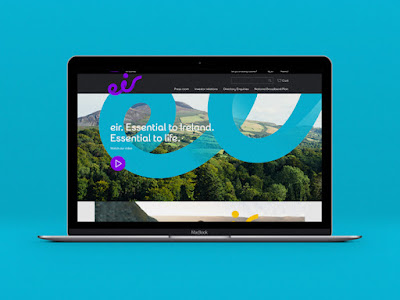Group
exercise on how others perceive us.
Everyone in the group was asked to write down a few words or phrases about every other member in the group about their personality and appearance, ultimately showing how we see them.
Everyone in the group was asked to write down a few words or phrases about every other member in the group about their personality and appearance, ultimately showing how we see them.
Words used
by others to describe myself:
- Honest
- Friendly
- Reliable
- Caring
- Considerate
- Determined
- Truthful
- Punctual
- Lovely
- Polite
- Infectious laugh
- Quotable
- "The Ron Burgundy of Graphic Design"
I feel many
of the words used by other group members to describe myself are mostly truthful
and would naturally consider using them myself to describe my personality. For
example, many words suggest I am perceived as a trustworthy, friendly
and approachable person which I generally consider myself to be. However, it was hard to tell whether everyone in the group was being completely honest for fear of sounding rude.
Other words from people whom I have gotten to know better throughout the course so far gave words and phrases such as 'has an infectious laugh' and 'quotable' due to my tendency to laugh a lot, and to spontaneously say stupid things and quotable one-liners, hence the phrase "The Ron Burgundy of Graphic Design" which makes reference to the film Anchorman.
These words and my perceived appearance will be of help to me when introduced to the self-branding project, as not everything will be coming from myself and be so one-sided now that I have an idea of how others see myself as well.









